One of my more inexplicable ambitions is to board or alight from a train at every one of the 240 Taiwan Railway Corp stations that offer passenger services. I reckon I’ve still got over 100 to go, but if I live to a ripe old age, I might complete the list. Anyhow, this means that when I took a train to Luye Township (鹿野) in Taitung County a few weeks ago, I felt as if I’d accomplished something as soon as I’d passed the ticket gate.
The station is less than 100m east of Highway 9, whereas the most interesting parts of the township lie to the west of this busy road. Rather than rent a bike, which is what many visitors do, I decided to hoof it.
Having been there a few times before, I had no interest in going up to Luye Highland (鹿野高台), one of Taiwan’s premier paragliding and ballooning venues. Instead, I wanted to take a proper look at Longtian Village (龍田村), immediately south of the highland.
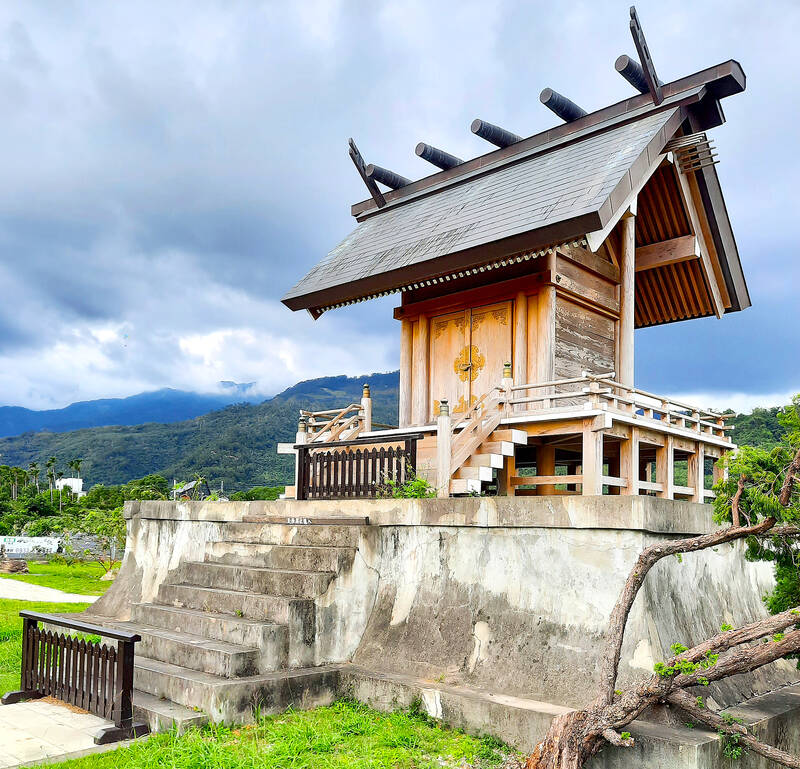
Photo: Steven Crook
COLONIAL ERA
Longtian’s road grid was laid out 1912-1915 by Taiwan Sugar Company (not the current state-owned Taiwan Sugar Corp, but a Japanese-owned sugar enterprise active during the 1895-1945 period of colonial rule). The company was acting at the behest of the colonial authorities, who’d been directed by their masters in Tokyo to prepare sites for the arrival of migrants from Japan’s Home Islands.
In the early 20th century, as the country industrialized, the simultaneous mechanization of Japanese agriculture caused rural unemployment. The government decided that sending some of the jobless and landless to Taiwan would reduce the risk of unrest at home while strengthening Tokyo’s hold over a colony where armed resistance was an ongoing problem.
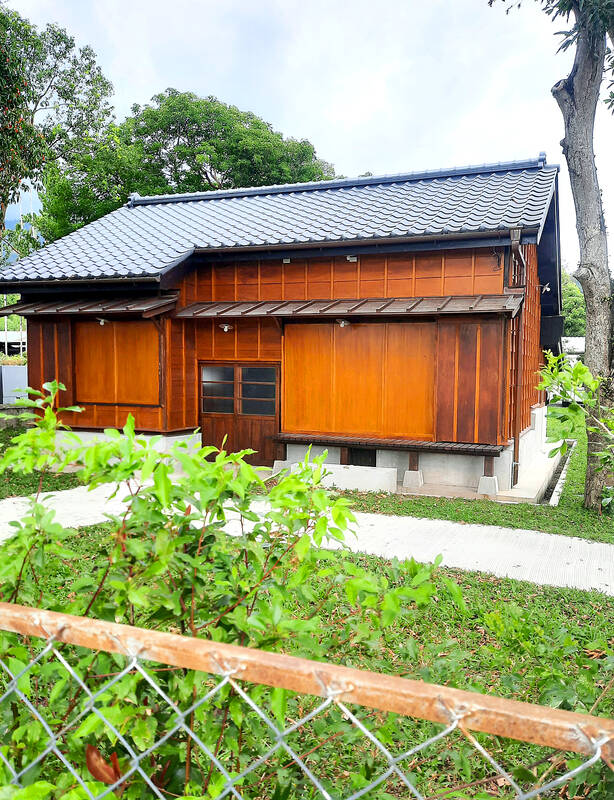
Photo: Steven Crook
The designated settlers’ villages were all in the east, and none of them lived up to expectations. The authorities were disappointed by how few Japanese migrants stayed long term, and many of the migrants found life in these remote spots wasn’t as good as they’d been led to believe. Quite a few ended up moving to Taihoku (as Taipei was then known) or Takao (Kaohsiung).
Longtian is sometimes described as having a distinct Japanese appearance, but as I explored, I was struck by the number of newish houses which look like wealthy urbanites’ second homes. Anyone who comes here expecting to see scenes like those in rural Kyushu, or photogenic abandoned houses, is likely to leave feeling they’ve been misled. But that’s not to say you shouldn’t visit Longtian. It’s truly a lovely place.
I began along Fuyou Road (福佑路), which presumably takes its name from Fuyou Temple (福佑宮), a shrine that honors the sea goddess Matsu. Soon enough I was on one of the quiet, tree-lined roads that make Longtian ideal for cycling. There are just a few buildings on Beisan (北三路), Beier (北二路) and Beiyi (北一路) roads. Some of the fields between them were being used to grow bananas, pineapples, loquats and ginger.
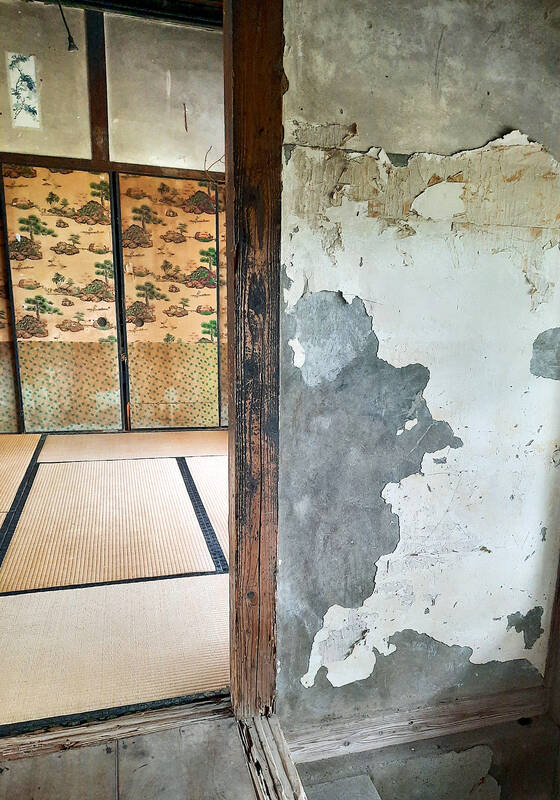
Photo: Steven Crook
UNIQUE ARCHITECTURE
Most of Longtian’s population lives along Guangrong Road (光榮路), which also provides access to the village’s most interesting buildings.
The Japanese-Style Principal’s Residence (日式校長宿舍) at number 240 was built during the colonial era for the township head, used by the elementary school after World War II and then rebuilt quite recently. The current structure looks like a 21st-century facsimile. While pleasing to the eye, it exudes neither antiquity nor historical value.
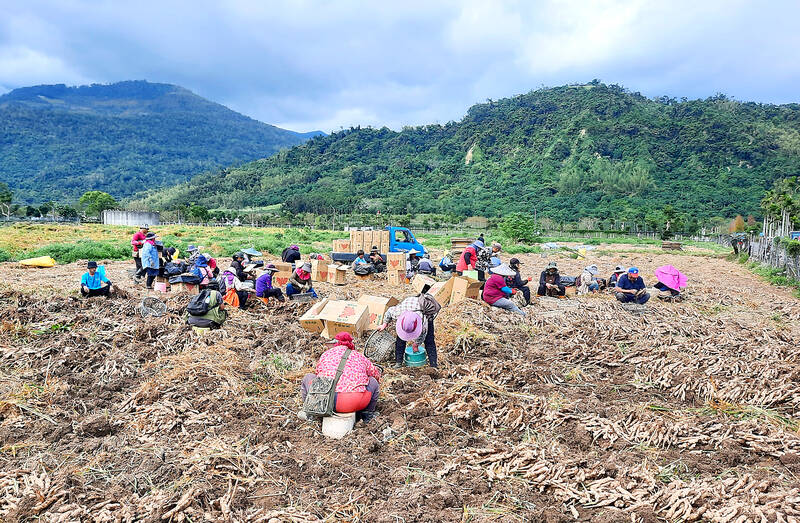
Photo: Steven Crook
At number 135, the former Luye District Administration Office (鹿野區役場) is an oddity. Unlike the Principal’s Residence, this colonial structure is open to the public and only minimally restored. At the time of my visit it was unattended and I could have walked off with some of the bottled local produce that’s sold within. There’s a price list and an honesty box; Taiwanese should feel proud to live in a country where this is possible.
Much more interesting are two side-by-side places of worship at number 308. The majority of sightseers, I’d wager, head straight to Luye Shinto Shrine (鹿野神社), but Kunci Temple (崑慈堂) also deserves a fair bit of time.
The latter building doesn’t have much history. It was established in 1958 and rebuilt using reinforced concrete in 1982.
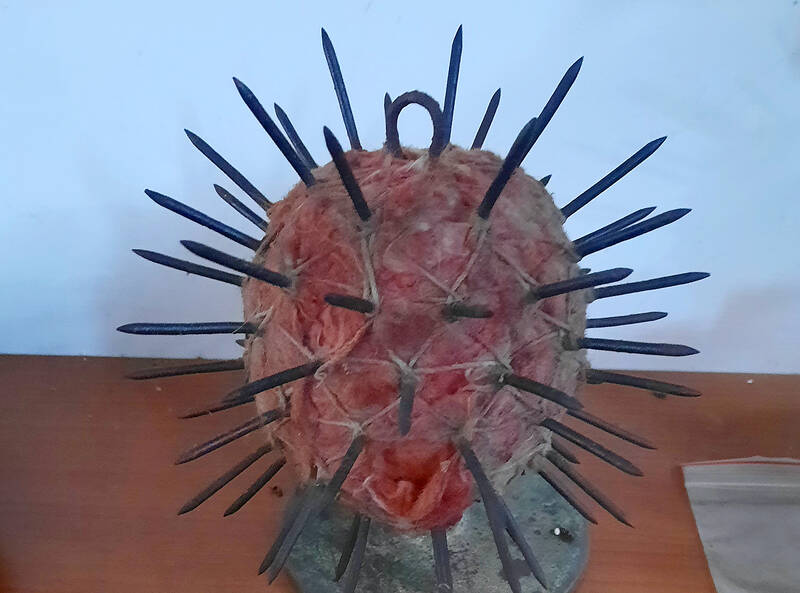
Photo: Steven Crook
Kunci Temple’s principal deity is the Queen Mother of the West (瑤池金母). Guanyin, Matsu and Lady Linshui (臨水夫人) are also worshiped here, but I was more intrigued by the spirit-general effigy-costume (大仙尪仔) positioned beside the altar dedicated to Wenchang Dijun (文昌帝君).
The last-mentioned god is a patron of literature and scholarship, so in the run up to important exams, students often seek his help. The spirit general in Kunci Temple is unusual in that he wears glasses — “to make him look like a good student,” according to one temple-goer.
RELICS MUSEUM
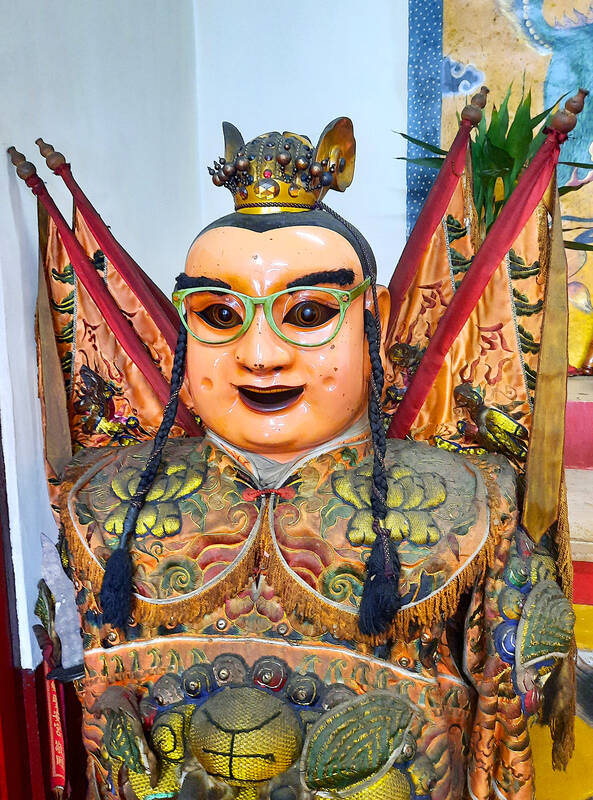
Photo: Steven Crook
A chamber on the left as you enter the temple bears the name Longtian Cultural Relics Museum (龍田文物館) and it contains a range of traditional farming and household items. Among the saws and buffalo yokes, visitors familiar with local religious practices might recognize a few ritual items. The most interesting of these is numbered 86 and strangely labeled in Chinese “big pickle jar” (大醃甕). It’s actually a ball from which more than 70 nails protrude, and it was used by spirit mediums to mortify their flesh while possessed.
Luye Shinto Shrine, which some English-language sources refer to as Shikano Shrine, is a replica of the one that stood near here during the colonial period. The original was demolished after World War II. The rebuild took most of 2014 and 2015, and involved both Taiwanese and Japanese craftsmen.
This 21st-century iteration houses no kami (Shinto deities), yet it’s an alluring landmark. With a bit of luck, you might be able to snap a photo of the shrine as a paraglider comes into land behind it.
When I left the shrine, I noticed a Christian hall of worship on the south side of Guangrong Road. This is Longtian’s Roman Catholic chapel. It’s extremely plain, yet it completes a neat religious trifecta in one of Taiwan’s most charmful corners.
Steven Crook has been writing about travel, culture and business in Taiwan since 1996. He is the author of Taiwan: The Bradt Travel Guide and co-author of A Culinary History of Taipei: Beyond Pork and Ponlai.
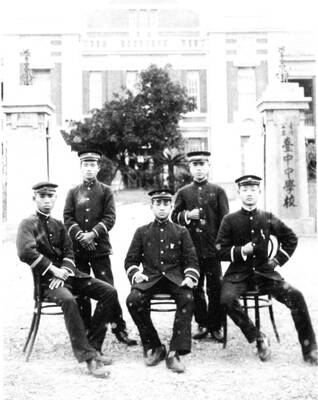
April 28 to May 4 During the Japanese colonial era, a city’s “first” high school typically served Japanese students, while Taiwanese attended the “second” high school. Only in Taichung was this reversed. That’s because when Taichung First High School opened its doors on May 1, 1915 to serve Taiwanese students who were previously barred from secondary education, it was the only high school in town. Former principal Hideo Azukisawa threatened to quit when the government in 1922 attempted to transfer the “first” designation to a new local high school for Japanese students, leading to this unusual situation. Prior to the Taichung First
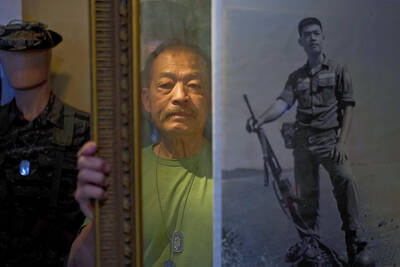
When the South Vietnamese capital of Saigon fell to the North Vietnamese forces 50 years ago this week, it prompted a mass exodus of some 2 million people — hundreds of thousands fleeing perilously on small boats across open water to escape the communist regime. Many ultimately settled in Southern California’s Orange County in an area now known as “Little Saigon,” not far from Marine Corps Base Camp Pendleton, where the first refugees were airlifted upon reaching the US. The diaspora now also has significant populations in Virginia, Texas and Washington state, as well as in countries including France and Australia.
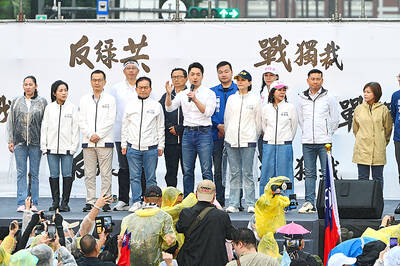
On April 17, Chinese Nationalist Party (KMT) Chairman Eric Chu (朱立倫) launched a bold campaign to revive and revitalize the KMT base by calling for an impromptu rally at the Taipei prosecutor’s offices to protest recent arrests of KMT recall campaigners over allegations of forgery and fraud involving signatures of dead voters. The protest had no time to apply for permits and was illegal, but that played into the sense of opposition grievance at alleged weaponization of the judiciary by the Democratic Progressive Party (DPP) to “annihilate” the opposition parties. Blamed for faltering recall campaigns and faced with a KMT chair

Article 2 of the Additional Articles of the Constitution of the Republic of China (中華民國憲法增修條文) stipulates that upon a vote of no confidence in the premier, the president can dissolve the legislature within 10 days. If the legislature is dissolved, a new legislative election must be held within 60 days, and the legislators’ terms will then be reckoned from that election. Two weeks ago Taipei Mayor Chiang Wan-an (蔣萬安) of the Chinese Nationalist Party (KMT) proposed that the legislature hold a vote of no confidence in the premier and dare the president to dissolve the legislature. The legislature is currently controlled